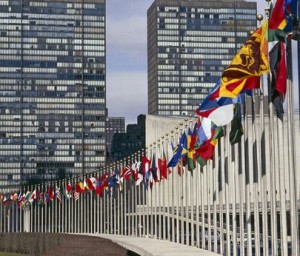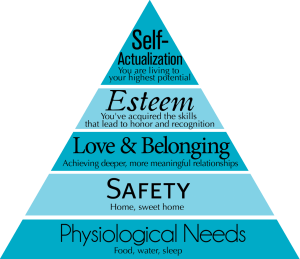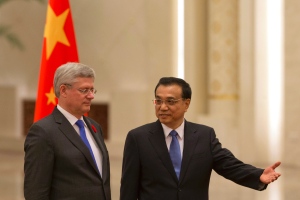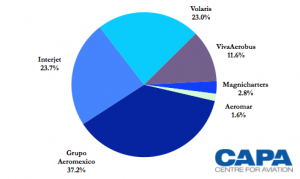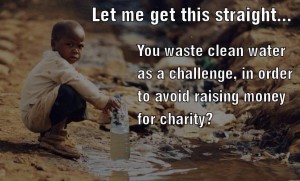The United Nations (UN) is an intergovernmental association of independent countries that work together in order to improve the country’s social conditions, such as peace, human rights, security, public health, environmental conservation, and economic development. It has done an excellent job in some countries, such as Sudan, with the human trafficking in Darfur, or in El Salvador, when in 1992 they ended 12 years of fighting and war. However, even though the UN has helped a lot of countries, I believe that they just handle problems at the surface. They don’t show up when it comes to smaller situations such as helping a community’s development, or helping to reduce the amount of poverty and hunger in a community of a third world country. That is when the Arc and social entrepreneurs are needed in our world.
The Arc Initiative is an UBC program run by Sauder students who “create programs that build local business management and leadership capacity”, which in the long term, leads to an economic grow for the local communities. They enforce the idea of social entrepreneurs, whose main goal is to solve social issues, such as educational opportunities, available clean water, poverty and hunger. They don’t just come with an innovative solution for those social problems; they come with innovative solutions that give the communities’ members the tools to be able to be sustainable and independent.
After working in an impoverished community in 2012, and helping them succeed and be able to produce their own products to sell them to other communities and be sustainable, I understand really well this concept and their goals. It is not about solving someone’s problems for them, it is about having the refrain of “Tell me and I forget. Teach me and I remember. Involve me and I learn” on mind and using it to help others succeed. Therefore, I believe that even if the United Nations were fully funded, we still would need these kind of programs and entrepreneurs, we need people that look for the world’s smaller problems that impede a country’s development.
Sources: http://www.sauder.ubc.ca/Global_Reach/ARC_Initiative

